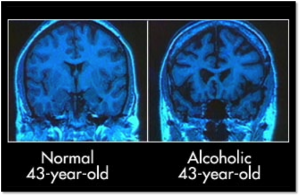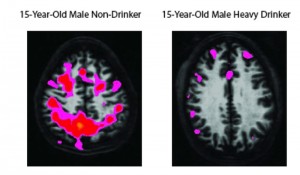16 – Road Safety: Understanding Alcohol and Alcohol Addiction

April 1, 2014 | Posted in Impaired Driving, Podcast Episodes | By Traffic Safety Guy
Podcast: Play in new window | Download
Subscribe: RSS
Ruth Bowles is the Executive Director of the Rockland Council on Alcoholism and other Drug Dependence[1] and in this episode we discuss alcohol, a substance that causes a significant number traffic deaths as well as create problems for individuals, families, businesses, and communities.
Now in its 28th year, April is recognized as Alcohol Awareness Month. During April, the National Council on Alcoholism and Drug Dependence (NCADD) and other organizations work to increase public awareness and understanding, reduce the stigma, and encourage local communities to focus on alcoholism and alcohol-related issues.
Most people can have a drink or two with friends or a glass of wine with dinner without consequences. However, for a significant percentage of the population, alcohol-dependence, sometimes called alcoholism, is a serious concern and having even one drink results in a downward spiral. For an alcoholic, “One drink is too many, a thousand never enough.[2]
Alcohol and Crime
Alcohol has a substantial role in traffic fatalities: one-third of all traffic fatalities are the result of impaired driving. Alcohol is also a major factor in many other crimes. Research surveys have found that:
- 5.3 million adults − 36% of those under correctional supervision at the time of the survey − were drinking at the time of the commission of their criminal activity.
- 40% of state prisoners convicted of violent crimes were under the influence of alcohol at the time of their offense − the more violent the crime, the greater the likelihood that alcohol was involved.
- 25% of state prisoners given a standard questionnaire to screen for alcoholism tested positive.
Alcohol problems are not limited to the criminal justice system. In the work place, workers with alcohol problems are 2.7 times more likely than workers without a drinking problem to have injury-related absences. Additionally, one-fifth of workers and managers in a variety of professions report that a co-worker’s on-the-job and off-the-job drinking jeopardized their work effort and personal safety.
Becoming an alcoholic does not happen over night. A person builds up a tolerance over time, and then possibly abuses alcohol before becoming alcohol-dependent. Even then, there are a number of factors that come into play to become an alcoholic. Once the addiction takes over, it almost becomes more important to drink than to breath. Becoming an alcoholic happens over time; getting into recovery also takes time.
Addiction is a Brain Disease
Alcohol Addiction is a brain disease. Brain scans now show just how much a person’s brain changes once they become addicted. Young or old, the brain is significantly impacted. Once in recovery, the brain can partially heal, but like chronic diseases, any recovery is a life-long struggle.
In fact, relapse rates of addiction and/or alcoholism are similar to other chronic diseases, such as Hypertension or Asthma. Take the right steps and you can live a healthy life, but it is a day-in-day-out battle to not relapse. Unfortunately, there is 50-70% chance that a person with Hypertension or Asthma will relapse. Just like those chronic diseases, people suffering alcoholism may slip up and relapse. Someone that has a drug addiction, such as alcoholism, has a 40-60% chance of relapse.
What is important after a relapse occurs is what happens afterwards. Do they take the next steps for recovery? Treatment can play an important role in finding the right steps to understand addiction, and learn potential triggers. A great support group during and after treatment for someone suffering the disease of alcoholism is Alcoholics Anonymous (AA).
Alcohol Awareness Month
The theme for Alcohol Awareness Month is: Help for Today, Hope for Tomorrow. During April there will be a number of local, state and national events aimed at educating people about the treatment and prevention of alcoholism. Recognizing that our youth are our hope for a better tomorrow, many of the activities will focus on the dangers of underage drinking. An integral part of Alcohol Awareness Month is Alcohol-Free Weekend (April 4-6, 2014). During this 72-hour period, everyone is encouraged to remain alcohol-free and learn more about the issues of alcoholism.
Related Links:
Websites:
- Alcoholics Anonymous (AA)
- National Council on Alcoholism and Drug Dependence, Inc. (NCADD)
- National Institute on Alcohol Abuse and Alcoholism (NIAAA)
- National Institute on Drug Abuse (NIDA)
- National Partnership on Alcohol and Misuse and Crime (NPAMC)
- Rockland Council on Alcoholism and Other Drug Dependence
Research
Other
[1] The Rockland Council on Alcoholism and other Drug Dependence is an affiliate of the National Council on Alcoholism and Drug Dependence.
[2] “One drink is too many, and a thousand not enough” is an AA saying that refers to someone who is sober, but returns to his or her bad habits by relapsing. Having just one drink is the start of a backslide into addiction, because no amount of alcohol will satisfy an alcoholic’s cravings.





